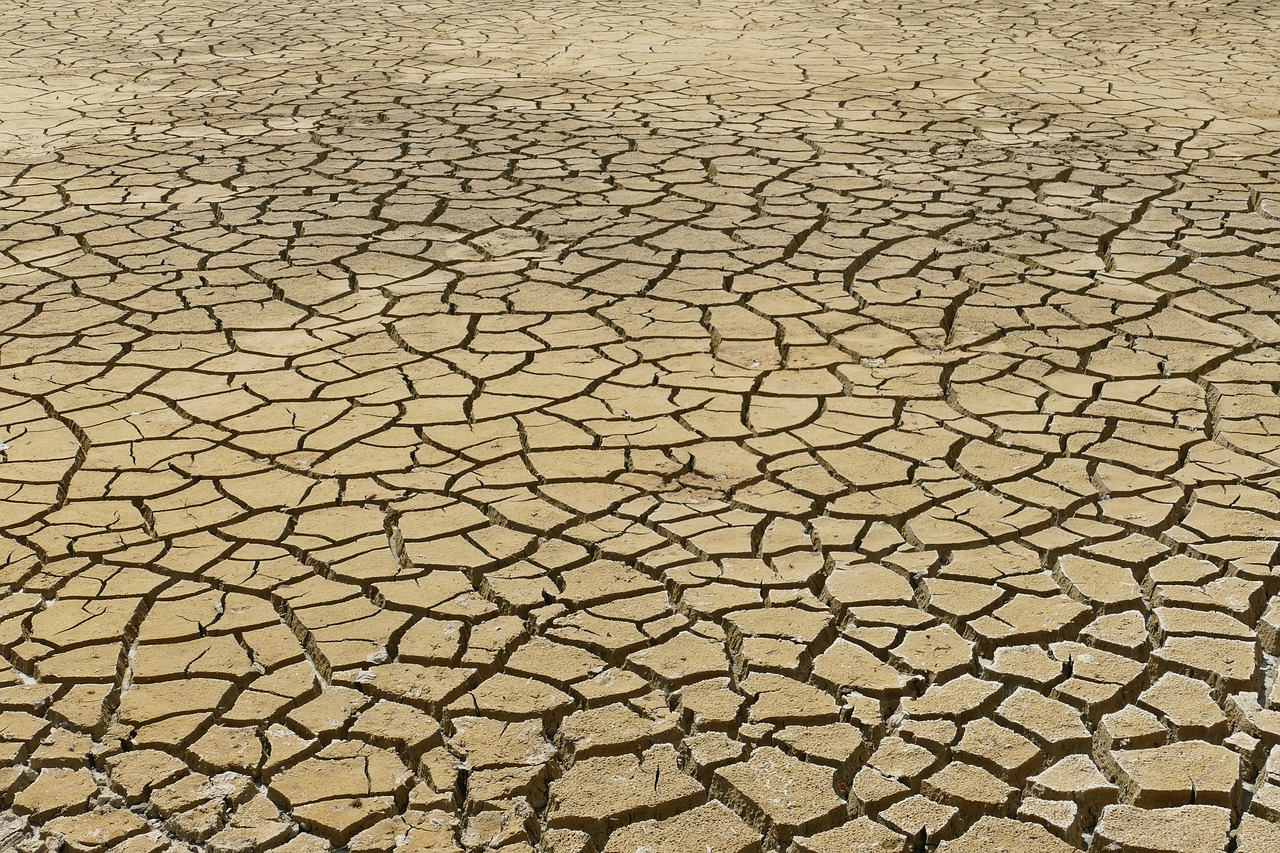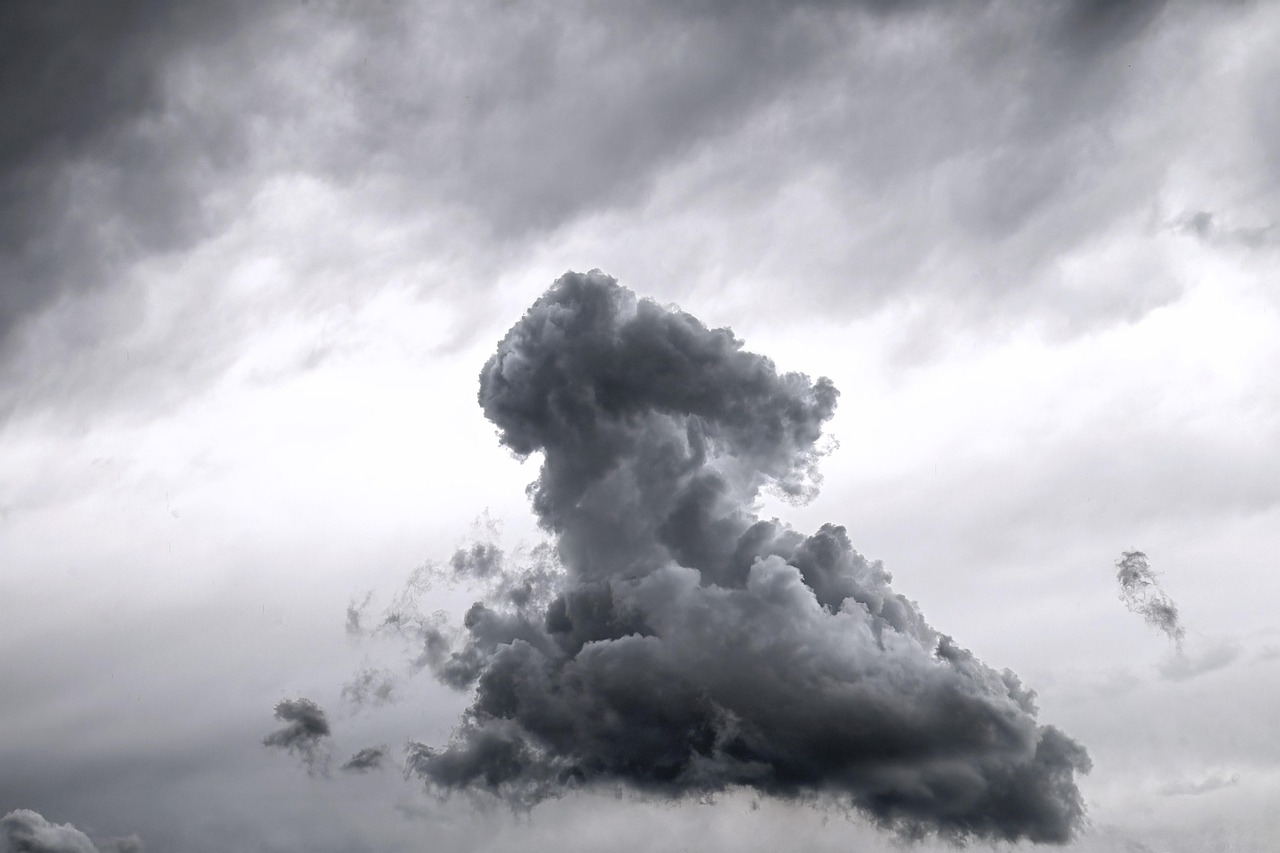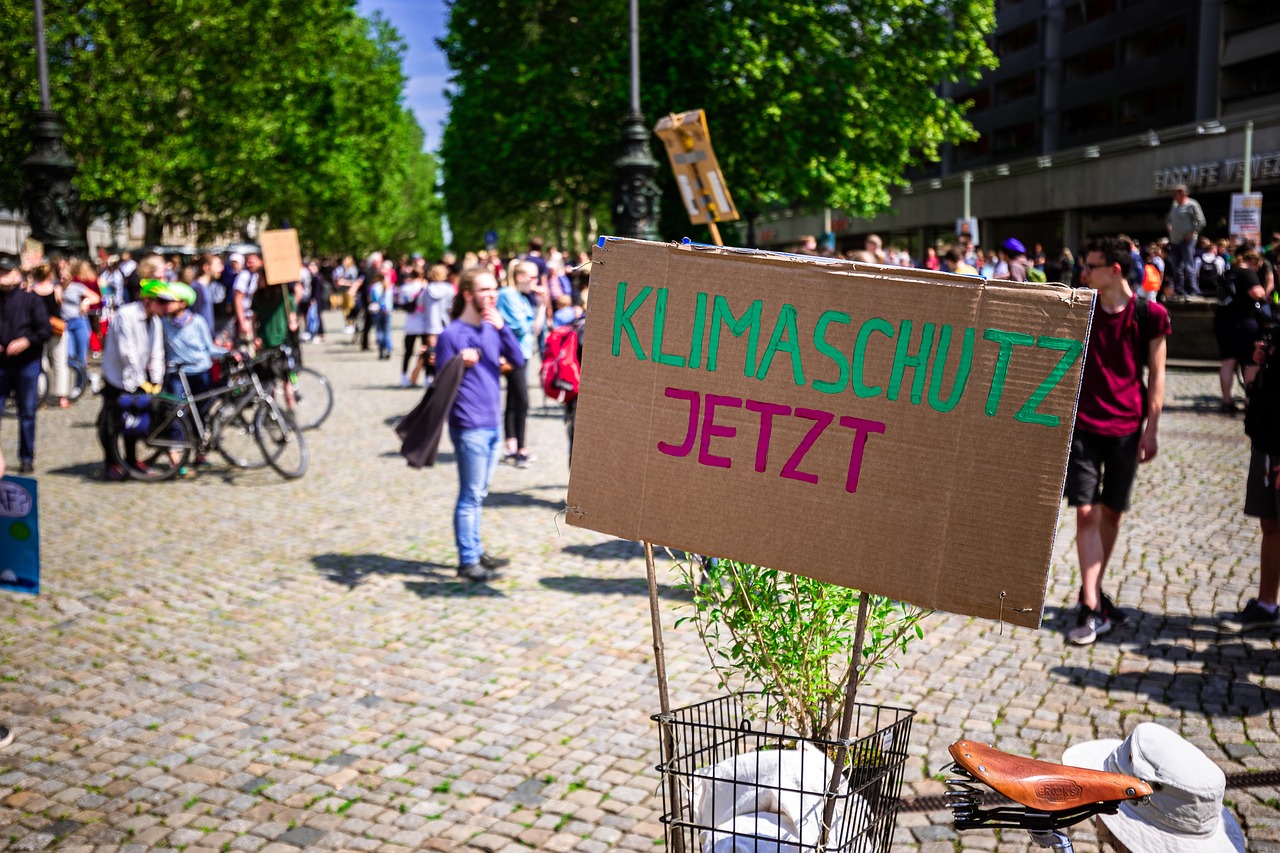
Weather Modification Theories
Recent conspiracy theories surrounding weather modification have emerged as a notable aspect of the ongoing climate change debate. A small group of lawmakers, including Republican Representative Marjorie Taylor Greene, has begun blaming practices like cloud seeding for extreme weather events, such as the recent devastating floods in Texas. Greene has proposed a bill to ban weather modification, paralleling similar legislation passed in Florida that imposes severe penalties for geoengineering practices. Such measures raise questions about the understanding of the scientific community and public perception of weather modification techniques.
Cloud Seeding Explained
Cloud seeding involves the dispersal of substances such as silver iodide to encourage precipitation. This technique has been employed for decades to alleviate drought conditions in various states. Despite its long history, the effectiveness of cloud seeding remains debated, with some studies suggesting only marginal increases in rainfall. Importantly, there is no evidence that cloud seeding can influence major storm systems like hurricanes. As of 2025, the scientific consensus remains that greenhouse gas emissions are the primary driver of climate change, contradicting the claims made by those advocating for the banning of weather modification.

Political Responses to Climate Change
The political landscape surrounding climate change is evolving, with some lawmakers shifting their focus from outright denial to proposing alternative explanations for extreme weather. Recent statements from figures like Senator Ted Cruz and Senator John Hoeven illustrate this trend, as they acknowledge climate change while questioning its causes. This shift suggests that the narrative around climate change is becoming increasingly complex, as seen in the legislative actions across multiple states, including Tennessee and Florida, which have instituted bans on geoengineering.

Historical Context of Climate Change Denial
Historically, climate change denial has taken various forms, often echoing tactics used by industries like tobacco to sow doubt about scientific consensus. In the early 2000s, political strategist Frank Luntz advised Republicans to emphasize uncertainty surrounding climate science. However, as global temperatures continue to rise and extreme weather events become more frequent, sustaining such denial has become more challenging. The narrative is now shifting, as denialists begin to explore more nuanced arguments that recognize some aspects of climate change while deflecting responsibility.

Implications of Current Theories
The current focus on cloud seeding as a culprit for extreme weather events could signify a broader acknowledgment of climate change among deniers. By inadvertently linking weather modification practices to the consequences of climate change, lawmakers may be inching closer to understanding the role of human activities in altering weather patterns. This represents a potential turning point in the discourse surrounding climate change, suggesting that as denialists grapple with the realities of climate impact, they may eventually be compelled to confront the facts more directly.
Conclusion on Legislative Actions
In conclusion, the recent legislative measures aimed at banning weather modification practices reflect a complex interplay between political rhetoric and scientific understanding. While these actions may be rooted in misinformation, they could also indicate a shift in how climate change is perceived by some lawmakers. As the impacts of climate change become increasingly evident, the challenge remains to bridge the gap between public perception and scientific consensus, ultimately guiding policy toward more effective and informed responses to a pressing global crisis.




